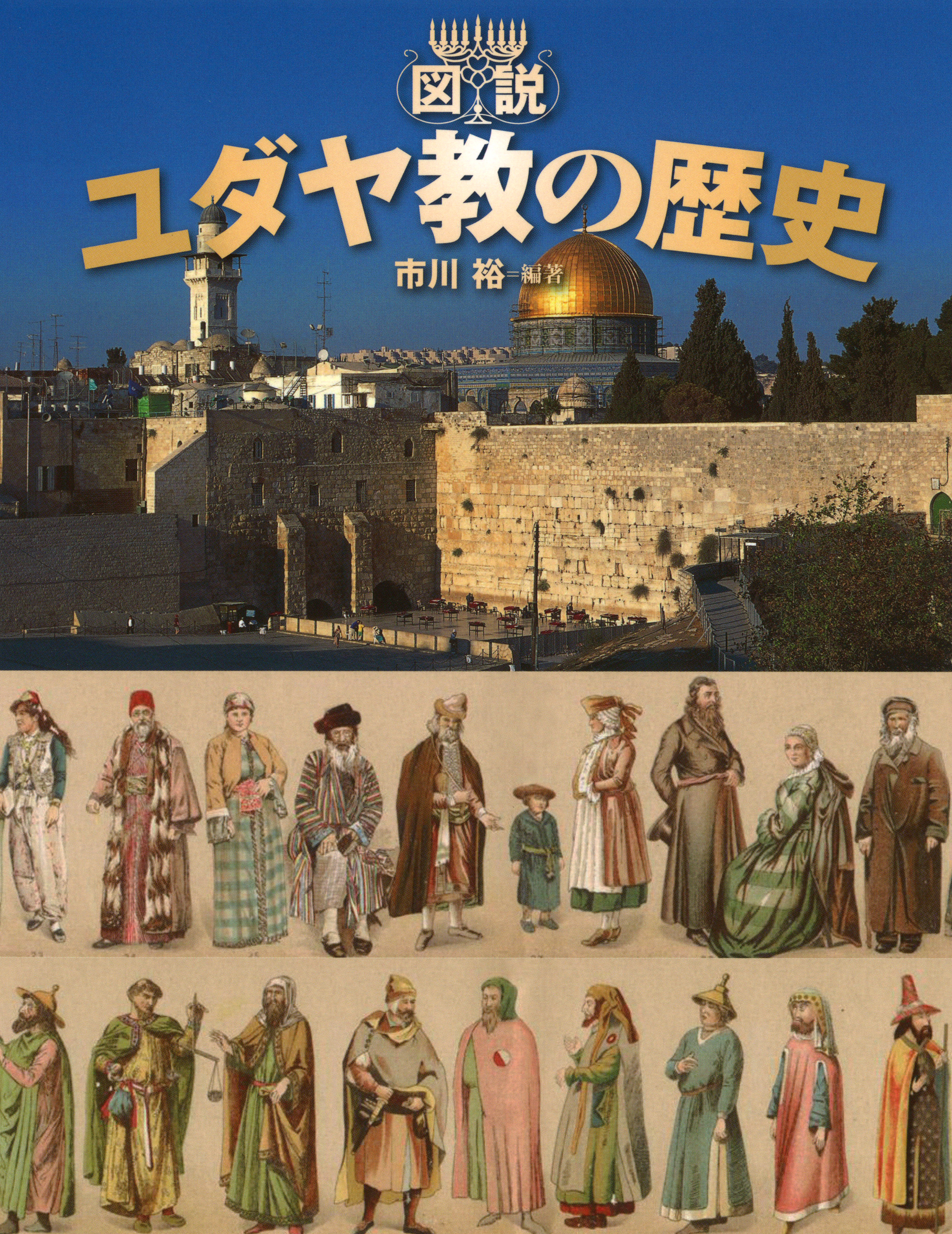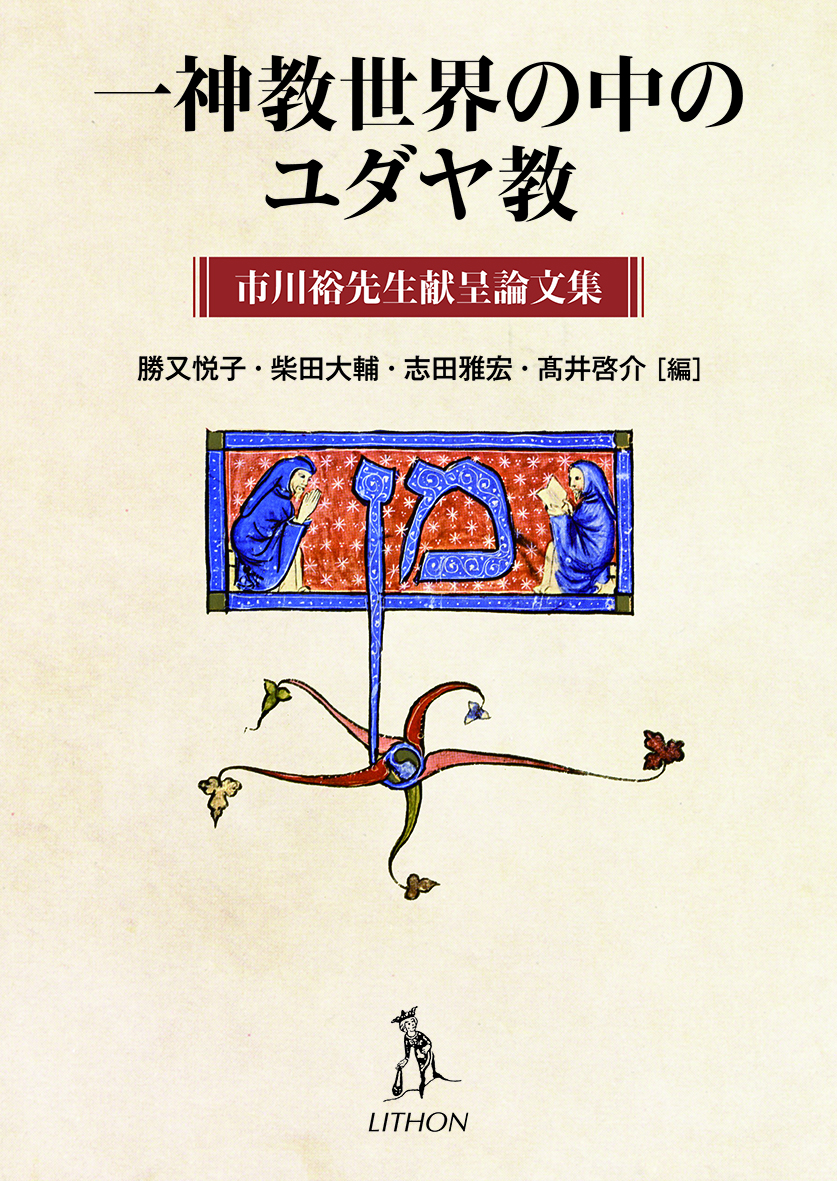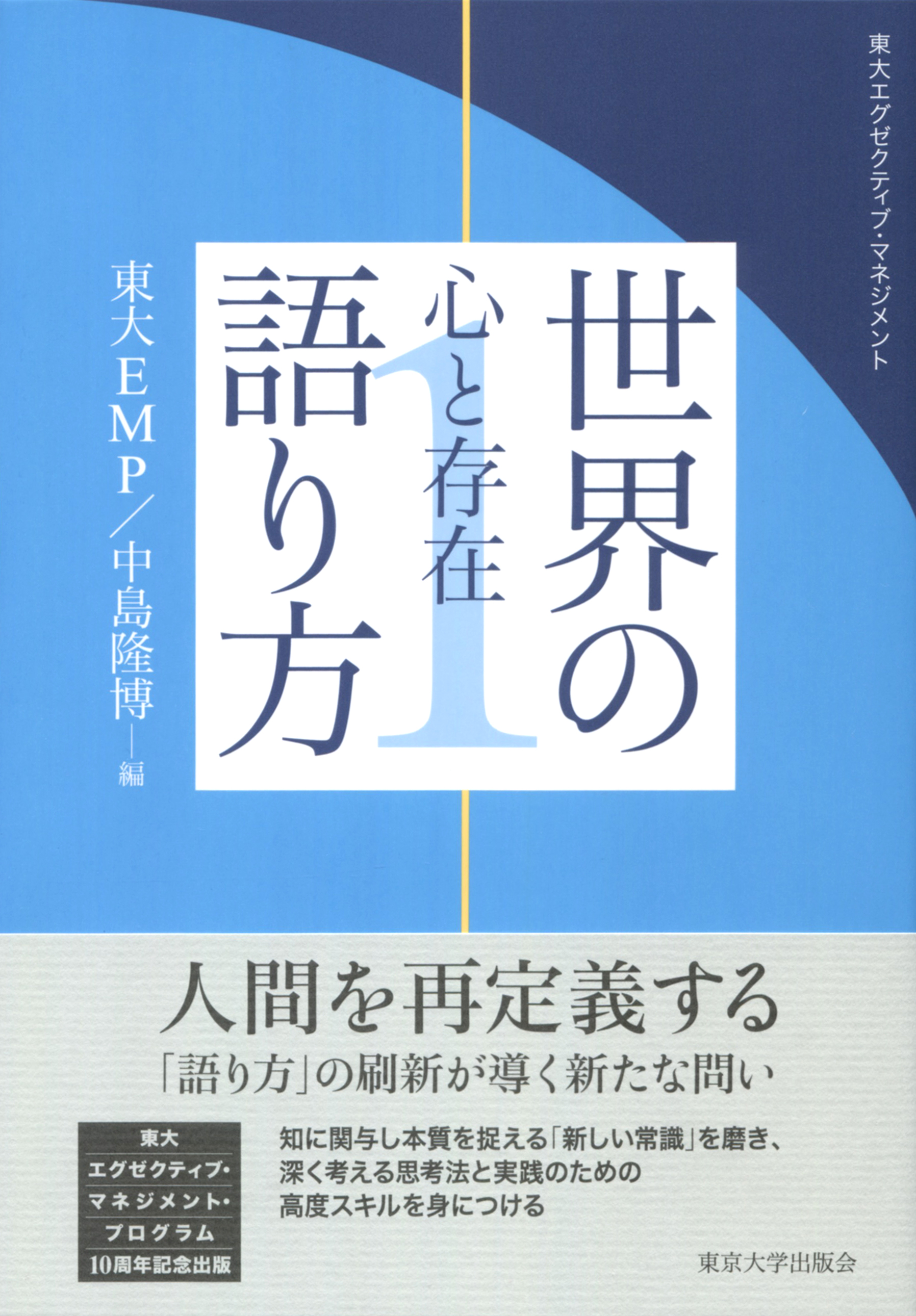
Title
Zusetsu Yudayakyo no Rekishi (Picture history of Judaism)
Size
132 pages, A5 deformation
Language
Japanese
Released
March 24, 2015
ISBN
978-4-309-76230-2
Published by
Kawade Shobo Shinsha
Book Info
See Book Availability at Library
Japanese Page
This volume is one of the illustrated book series; although Jewish history tends to be described only in narrations, I tried to show its vivid history with abundant illustrations and maps. The feature of this book covers a broad range of events on Jewish history especially from the birth of Christianity to the violent rise of Nazism, which is usually omitted in high school history textbooks. To grasp the whole picture, a great deal of attention is paid with two points: 1) to give eyes on Christian Europe as well as the Islamic world, in which about 90% of the whole Jewry then lived during the Middle Ages: 2) to illustrate not only various movements and ideas of Judaism, but explain social and secular scenes in their history.
Omitting the ancient Israelite history, this book at first focuses on the rise and establishment of Rabbinic Judaism. The first chapter begins with the birth of the Mishnah and the Talmud and their characteristics, explaining how these two texts have served as the basic foundations for the later development of Judaism. The fourth chapter on Kabbalah also gives us an outlook on another side of Jewish intellectual history characterized by flexibility and intellectual profundity. The development of creative theories conducive to forming active movements is, in effect, instrumental to forming newer modes of traditions through absorption or adoption of ideas from the outside world.
In chapter 3, their active participation in the mainstream and host society must compel us to remove our stereotypes about their social and historical circumstances. Jews, for instance, played active and prominent roles in a wide range of economic and administrative activities in the Islamic world. With a close gaze at the Ghetto in Europe, Chapter 5 focuses on how the segregations of the Jewish populace from other living quarters expose negative consequences for Jewry in Christian societies.
The developments of all these aspects had caused different reactions to Emancipation among some modern states of Europe, each of which is discussed in chapter 6. Extremely polarized between assimilation and the Enlightenment on the one hand and Zionism and German Romanticism on the other, Jewish historical experience makes us realize and even warns us of how the paradox and complexity of modern European societies have potentially been conducive to the rise of extreme nationalism such as Nazism, which still affects Jewish society as a whole today. Moreover, essential to understand today’s Judaism in response to the rise of the above movements is the peculiar development of Orthodox Judaism and Hasidism that takes shape of the new form of Rabbinic Judaism with the Kabbalistic tradition in Eastern Europe. In the last chapter, this book shows the process through which these groups, fleeing from Pogroms, have made affluent advances in the US and Palestine.
(Written by ICHIKAWA Hiroshi, Professor, Graduate School of Humanities and Sociology / 2018)



 Find a book
Find a book






